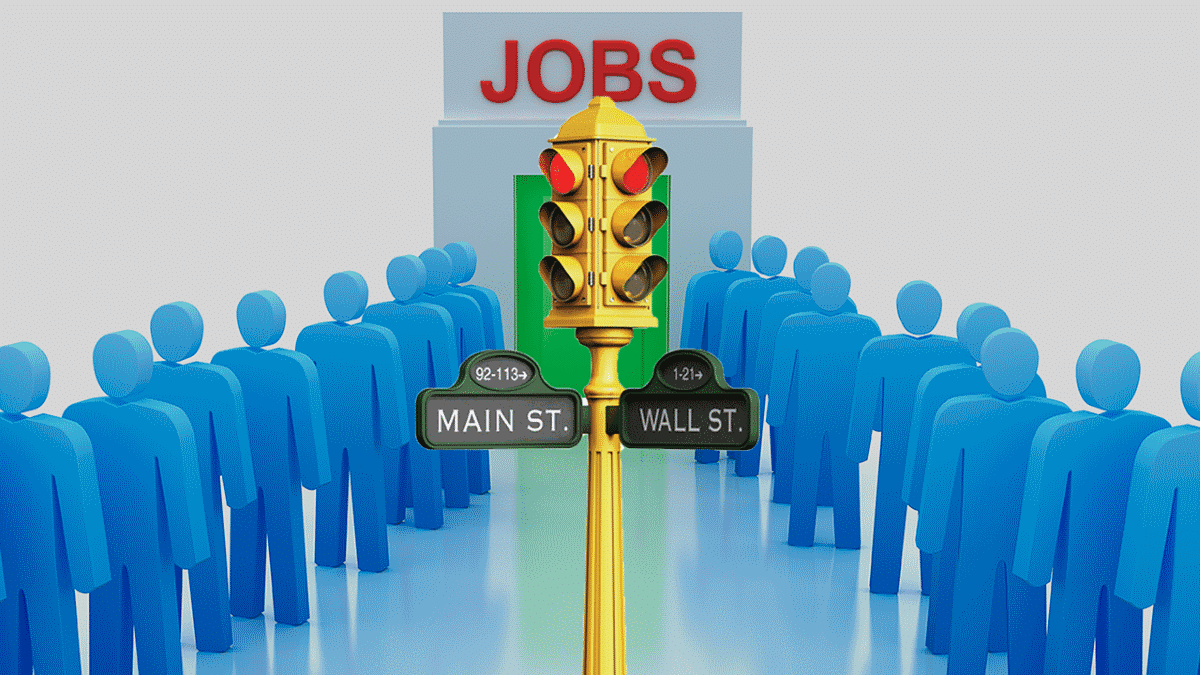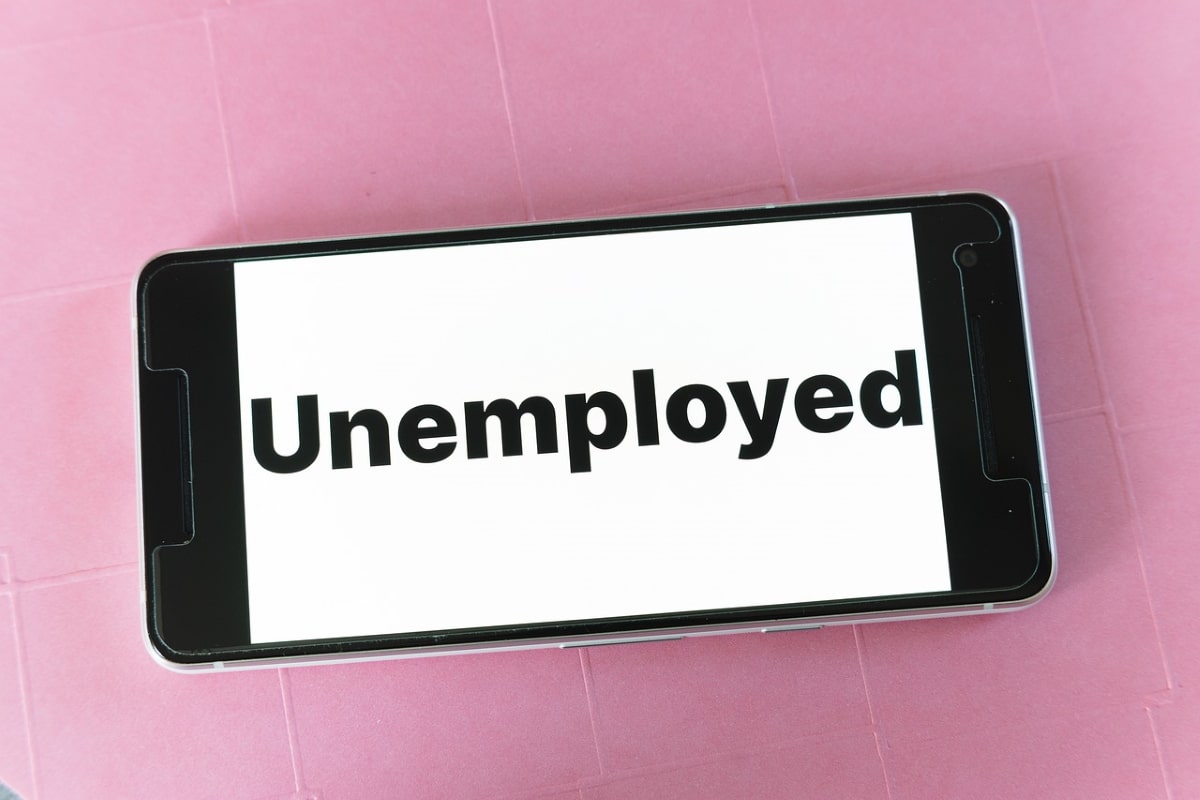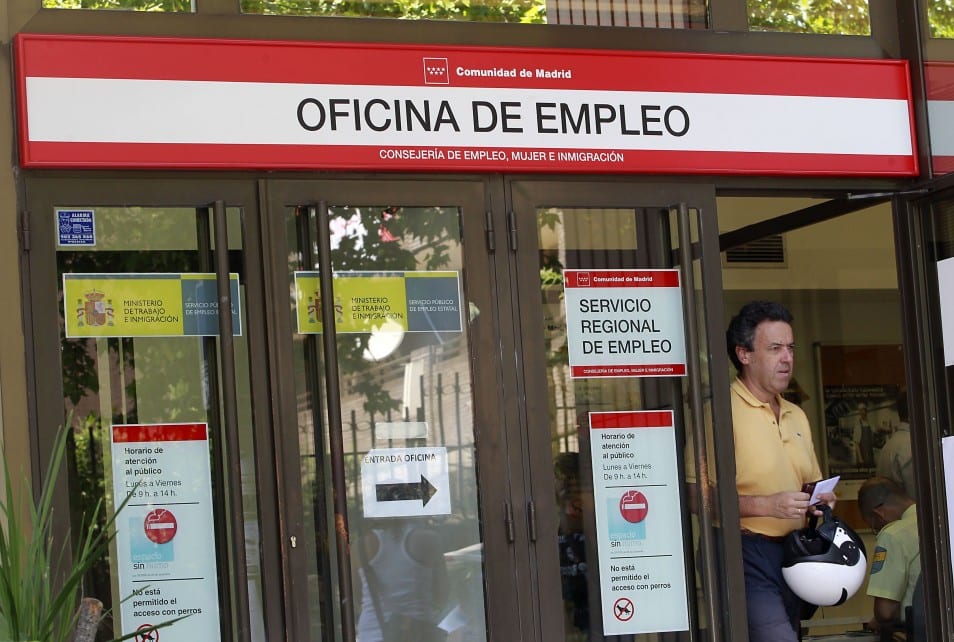
Unemployment benefit, also known as "unemployment charge", is a contributory benefit offered by the State to people who have lost their jobs. It is a "contributory" benefit since the person must previously have been contributing for a while to qualify for this benefit. To be eligible for this right, you must have been trading for at least a minimum period of almost 1 year, 360 days in particular.
This is one of the political measures as a passive form of employment, and the objective pursued is to facilitate the labor reintegration of those people who have involuntarily lost their jobs. This data is important, because leaving a company on your own initiative would not lead to having the benefit for unemployment. With the aim of facilitating the understanding of the conditions and different factors to collect for unemployment, this article will focus on defining the most relevant aspects of this benefit.
Conditions to have unemployment benefit

The first and most important as previously commented is that of have 360 days listed during the 6 years prior to the date the unemployment benefit is requested. This can be done from the offices (although due to Covid-19 they have suffered variations in hours and openings) or from the SEPE website.
The request to qualify for the benefit must be made within the next 15 business days with respect to the day on which the legal unemployment situation occurs. If after those days the benefit is not requested, the money proportional to the delay incurred is lost.
It can be requested by all the people who terminate the employment relationship with the company, either because the contract has ended or because of dismissal. On the other hand, those who resign or voluntarily leave their job cannot request unemployment.
Those who suffer an ordinary reduction of work and salary can also present their right to unemployment benefit. Fixed discontinuous workers who perform fixed tasks on periodic dates can request it within the next 15 days at the end of their periods.
For how long can unemployment be collected?
One of the most well-known rules is that for every 360 days (or one year, as it is usually said) you have the right to be collected for 4 months. The sections of right to collection that exist for quoted periods are the following:
- From 360 to 539 days of contributions correspond to 120 days of benefit.
- From 540 to 719 days of contributions correspond to 180 days of benefit.
- From 720 to 899 days of contributions correspond to 240 days of benefit.
- From 900 to 1079 days of contributions correspond to 300 days of benefit.
- From 1080 to 1259 days of contributions correspond to 360 days of benefit.
- From 1260 to 1439 days of contributions correspond to 420 days of benefit.
- From 1440 to 1619 days of contributions correspond to 480 days of benefit.
- From 1620 to 1799 days of contributions correspond to 540 days of benefit.
- From 1800 to 1979 days of contributions correspond to 600 days of benefit.
- From 1980 to 2159 days of contributions correspond to 660 days of benefit.
- Equal or more than 2160 of contributions correspond to 720 days of benefit.
In case of working part-time each day that is worked is considered as a day worked. This is independent of the day.

According to the previous basis, it can be seen that in the event that more than 6 years have been worked, the maximum benefit will be 720 days (2 years). Similarly, a person who has worked for 1 year and a half (18 months), will be entitled to a benefit for 6 months. However, if the person has worked for 23 months, the right to benefit will continue to be 6 months, since they have not yet entered the range from 720 to 899 days.
How much can you collect for unemployment benefit?
The amount charged from unemployment is related to the contribution base of each worker and the part to which they have contributed to social security. As a rule, it is taken into account to receive 70% of the regulatory base of the last 6 months listed. This 70% is applicable during the initial 6 months of unemployment benefit, and from the seventh month, 50% of the regulatory base is charged.
There are also some minimums and maximums to be received, which can change and adapt each year. For this 2020 the minimums are as follows:
- If you do not have children, it is 80% of the IPREM + 1/6: € 501,98 as a minimum benefit.
- If you have one or more children, it is 107% of the IPREM + 1/6: € 671,40 at least.
- When you have not worked full time and have been done part time, the minimums would be € 250,99 if you do not have children or € 335,70 with children.

As for the maximums, there are amounts that cannot be exceeded, and whether or not you have children is also taken into account. The maximums to be received are the following:
- The maximum benefit without children corresponds to 175% of the IPREM: € 1.098,09 as a maximum benefit.
- The maximum benefit with one child is 200% of the IPREM: € 1.254,86 maximum.
- The maximum benefit with two or more children: € 1.411,83 maximum.
As with jobs done part-time for the minimum, the maximum to be received from the benefit also influences. So that, The proportional part will be made if there has been part-time work in the last six months. In the case of a person who has worked part-time during the last 6 months and without children, this will be 50% of the maximum contribution. In this case it would be € 549,05.
Is it still contributing when collecting unemployment benefit?
The answer is yes, it has a passive nature of employment and how it continues to contribute during the period that the contributory benefit is received. If unemployment or another subsidy is being collected, they are taxed in personal income tax. Here what the SEPE does is pay 100% of the business contribution directly to Social Security. As on some occasions the worker also contributes a part, his quota, which is 4%. Thus, the part of the worker is deducted directly from the payroll, once the unemployment is being collected, the contribution continues in force.